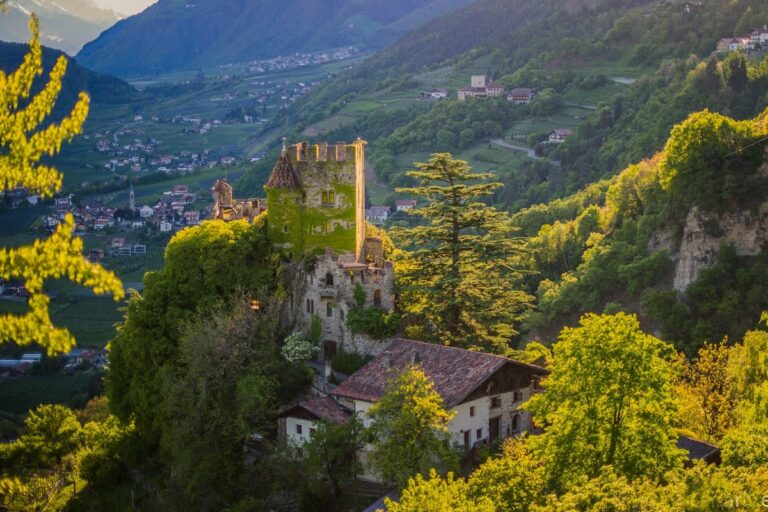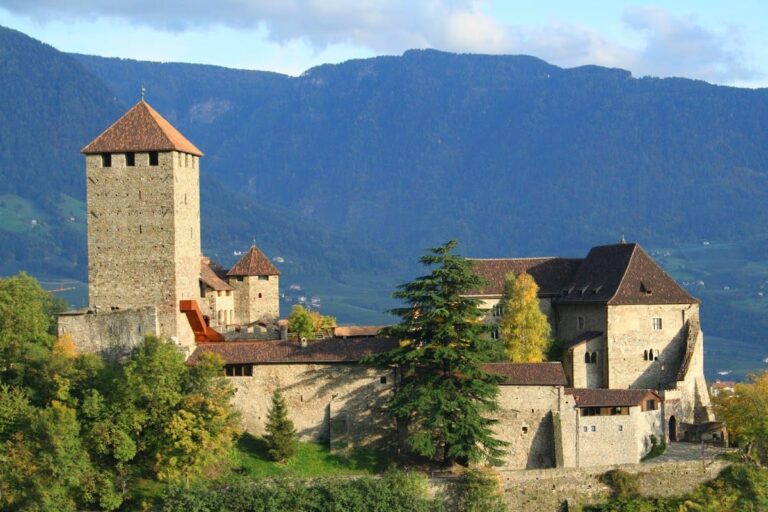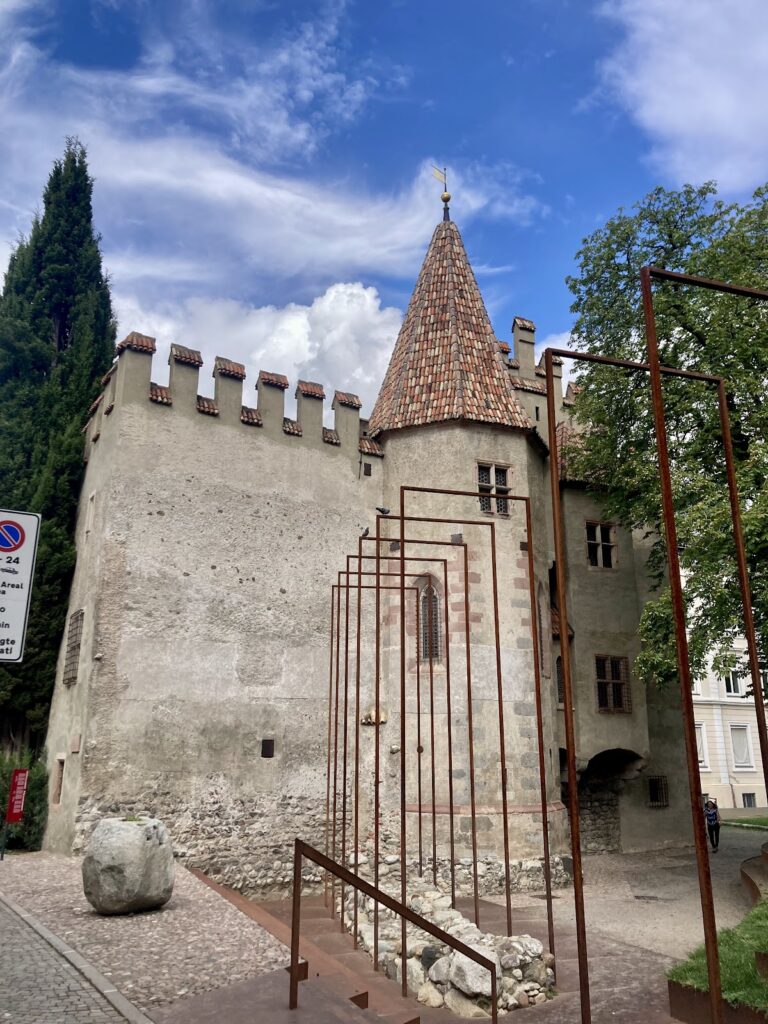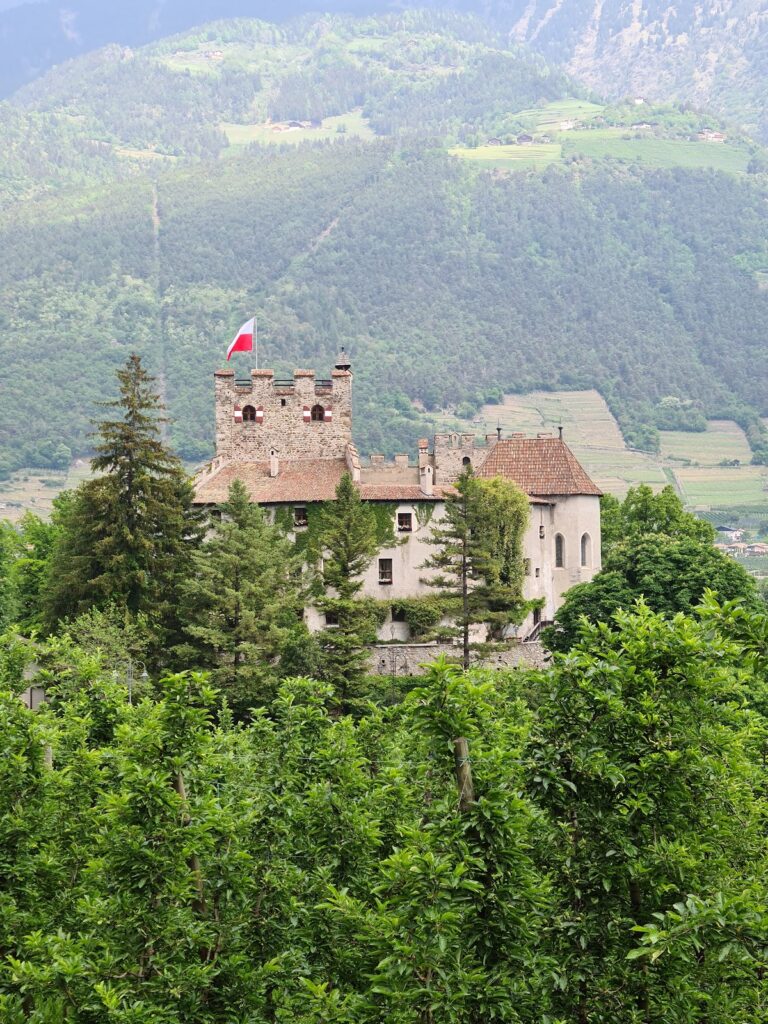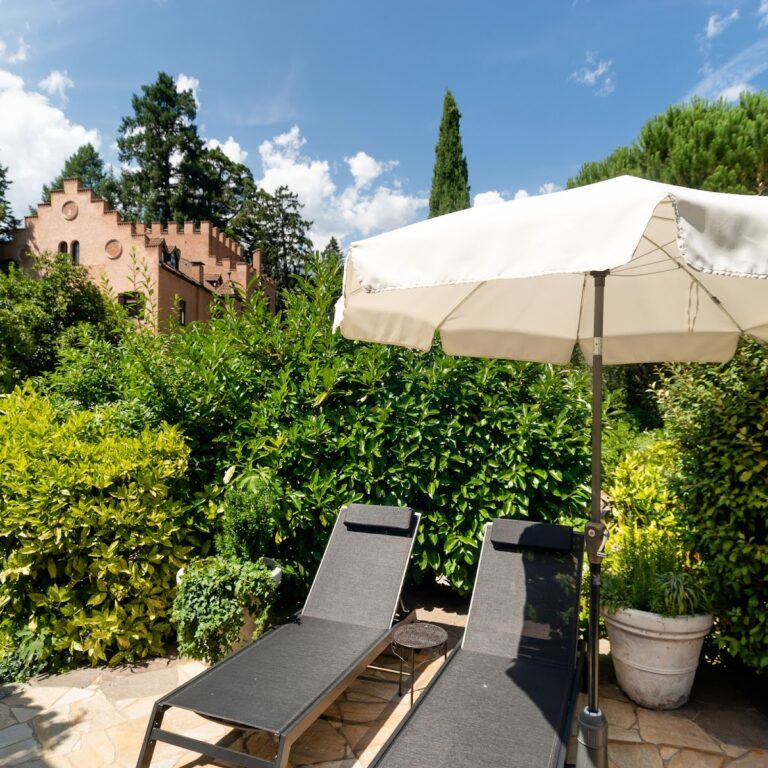Castle Auer: A Medieval Noble Residence in South Tyrol, Italy
Visitor Information
Google Rating: 4.3
Popularity: Very Low
Google Maps: View on Google Maps
Official Website: www.schlossauer.it
Country: Italy
Civilization: Unclassified
Remains: Military
History
Castle Auer stands near the town of Merano in the municipality of Tirolo, Italy. This small castle originated during the 13th century, built by medieval nobles as both a residence and a local center of justice connected to the larger Castle Tirol nearby. Its founding reflects the territorial organization of South Tyrol under the rule of regional lords during the High Middle Ages.
The first historical mention of the estate dates to 1288, when Meinhard II, a prominent regional ruler, granted the tower at Finailbach to Christian, a judge based at Stein am Ritten. This act established the noble family known as the Lords of Auer. Later records, such as a 1339 document that lists Otte von Awer as a witness, confirm the presence and activity of this lineage in the area. Over the following centuries, ownership shifted among local aristocratic families, with the Giovanelli family acquiring the complex at one point, reflecting the castle’s changing role and diminished prominence in the region.
During the period of Fascist rule in Italy, the castle’s name was officially altered to Castel d’Aura, following the regime’s policy of Italianizing Germanic place names across South Tyrol. After World War II, recognition of Castle Auer’s cultural and historical value led to its designation as a protected historic monument beginning in 1950. In recent decades, the castle came into the possession of the Counts von Khuen, who have undertaken careful restoration efforts to preserve the site, ensuring the survival of its medieval and Renaissance heritage for future generations.
Remains
Castle Auer consists of a compact arrangement of three tower-like residential buildings positioned along a north-south axis, enclosed almost entirely within a surrounding ring wall. The northern and southern towers form integral parts of this enclosing structure, serving both residential and defensive functions. The castle’s design notably lacks a central keep, known in Italian as a mastio, as well as extensive military fortifications, which suggests it was constructed more for living and administrative purposes than for sustained defense.
Inside the castle, visitors find a variety of historic interior spaces showcasing different periods and styles. A late Gothic chapel dedicated to Saint Andrew provides evidence of the castle’s religious role within the community. Additionally, a Gothic-style stube—a heated living room common in Alpine homes—retains its original wooden beam ceiling, highlighting domestic comfort from the medieval period. A large hall is adorned with Renaissance frescoes dating from approximately 1550, illustrating the artistic tastes of the castle’s inhabitants during the early modern era.
The main noble residence also includes a richly decorated 17th-century hall, where painted coats of arms adorn the walls and ceiling, symbolizing the lineage and alliances of the castle’s owners at that time. Surrounding buildings served supporting roles for the household and staff, reflecting a self-contained estate typical of the region’s medieval noble sites. Although specific building materials are not detailed, the castle’s construction aligns with traditional techniques and regional styles. Thanks to recent restoration by its current owners, the castle remains in good condition and continues to preserve its historic architectural character.





